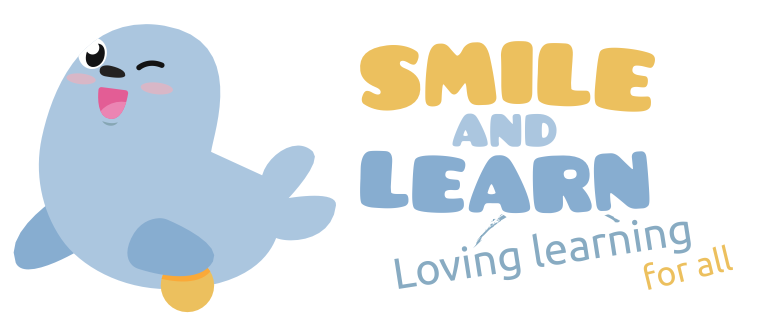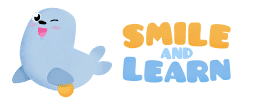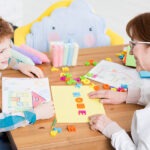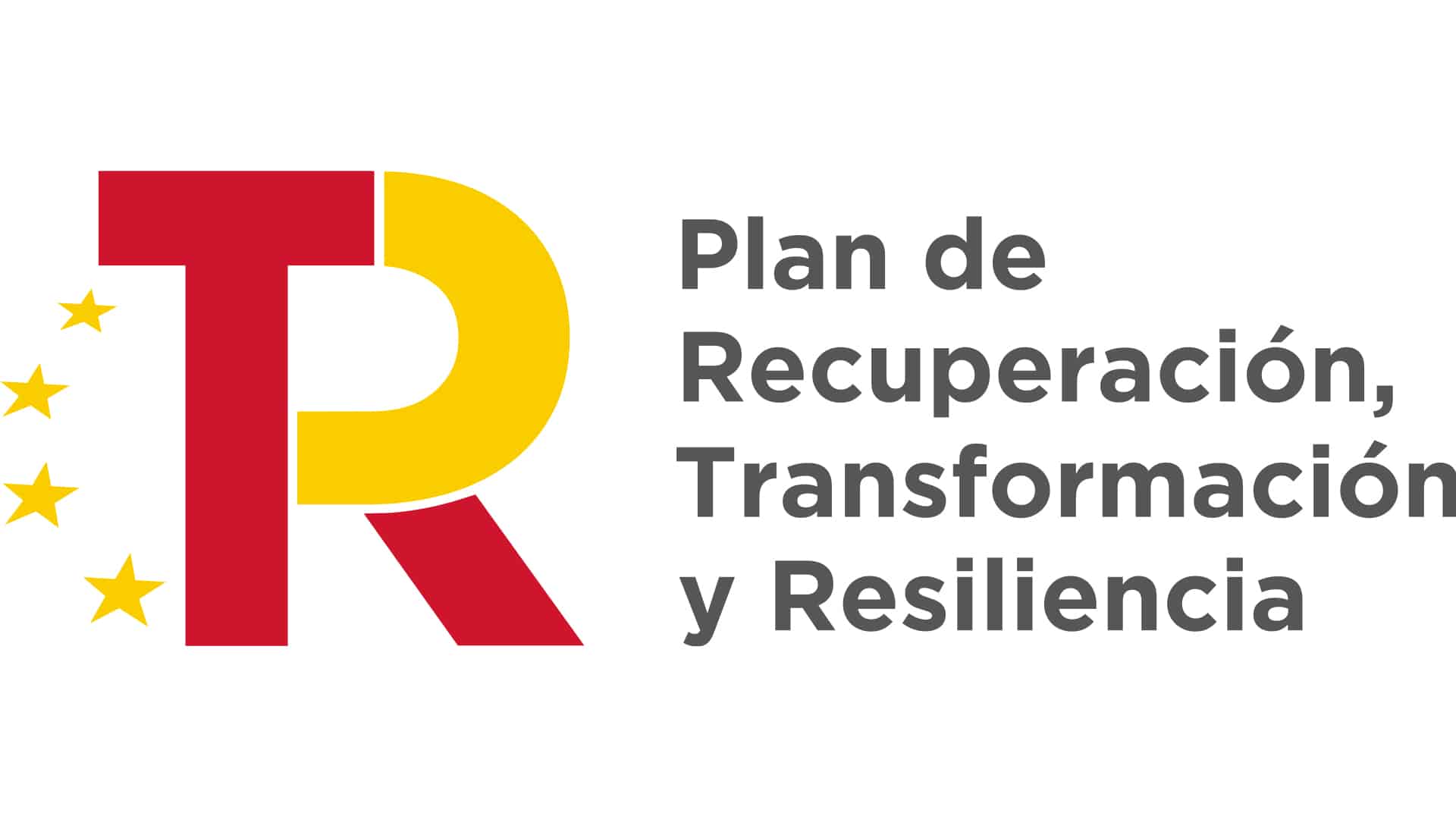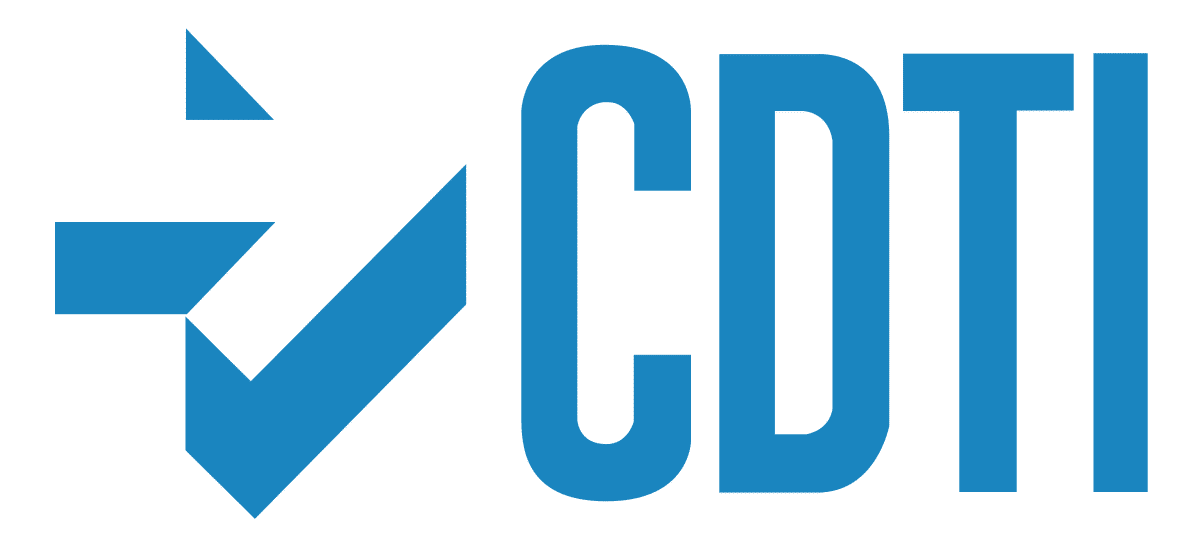This month we are diving headfirst into the captivating world of the Science of Reading. It’s not just another teaching method or set curriculum; it’s the culmination of over fifty years of global research, unraveling the mysteries of how we learn to read and write. It also identifies the main difficulties that may arise in learning to read, such as dyslexia, as well as best practices for intervention. To understand how students become proficient readers, we must first examine two key theoretical frameworks.
Simple View of Reading
The first framework is the Simple View of Reading (SVR). This model proposes that reading comprehension is the product of decoding (letter-sound recognition) and language comprehension, or, in other words:

This model indicates that language comprehension is key to reading comprehension, but it’s ineffective without decoding skills, and vice versa. If either of these components fails, full reading comprehension is not possible. A higher skill level in one component cannot compensate for a lack of skill in the other. The Simple View of Reading helps us understand how students read words and comprehend language. Knowing where children are in this reading sequence helps us teach more specifically and address any problems that may arise.
Multi-Tiered System of Support
The second approach is the Multi-Tiered System of Support (MTSS), a conceptual framework that focuses on effectively target-teaching to students’ needs. In this method, teachers use assessments to determine what students need and then teach based on the results. Thanks to this research-based effort, resources such as money and time are freed up to provide extra help to those students who need more support in reading. Instead of waiting to offer support to students showing reading difficulties, the MTSS model advocates for early identification of risks and an immediate educational response.
Early Literacy Instruction
Now that we’ve examined these two frameworks, let’s delve into the specific subjects or skills that children should acquire from the earliest stages of learning to read:
- Phonological awareness: The ability to identify, understand, and manipulate individual sounds in spoken language.
- Phonics and word recognition: Phonics is how the sounds of human speech correlate to letters. It paves the way to word recognition, or, knowing how a word sounds without any conscious effort just by looking at it.
- Fluency: The ability to read words, phrases, and sentences correctly with sufficient speed and expression.
- Vocabulary comprehension and oral language: Knowing the meanings of level-appropriate words and how to use them correctly.
- Text comprehension: The ability to understand what is being read.
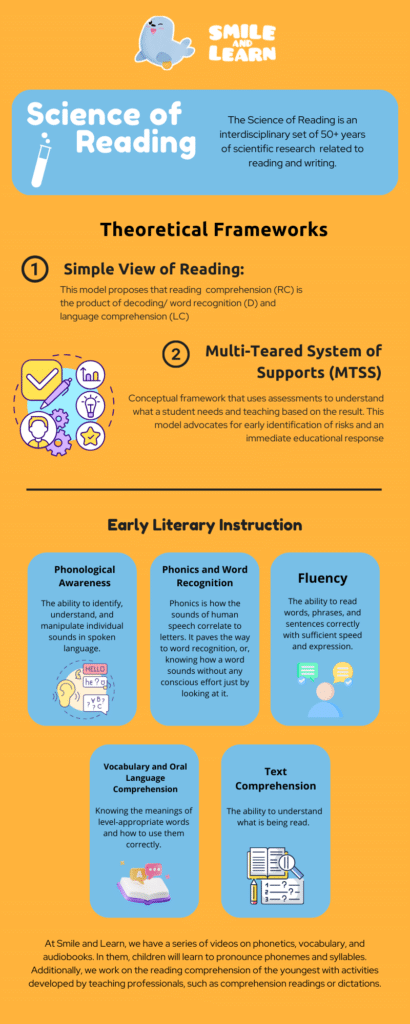
At Smile and Learn, we offer a diverse range of phonics, vocabulary, and listening comprehension activities. These resources help children master phoneme pronunciation, syllable recognition, and letter association. Likewise, our curated literacy content, designed by teaching professionals, enhances young learners’ reading comprehension through close reading texts and dictation activities.
If you have not yet tried Smile and Learn, you can do so through the following link.
